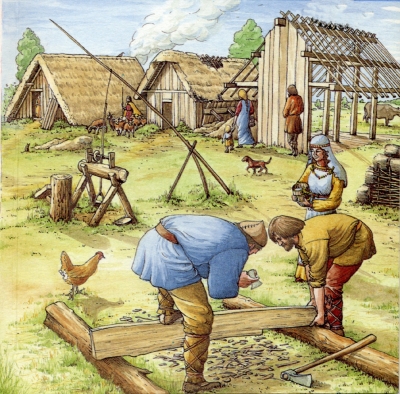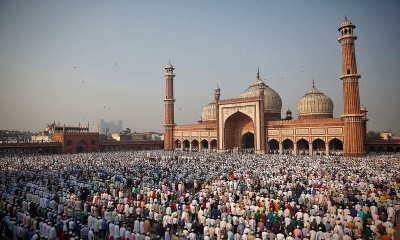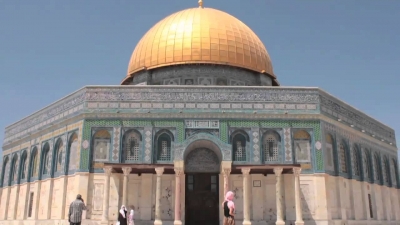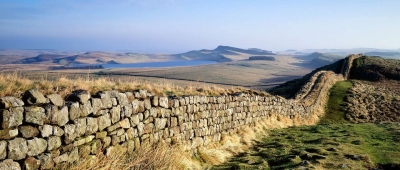
In the late AD 300 s the Roman army was hard pressed to fight off waves of barbarian invasions. Troops in distant outposts, such as the British Isles, were needed to defend the empire, and by AD 410 the last Roman soldiers had left England for mainland Europe. Without the Roman army to protect them, the Roman Britons of England were unable to prevent these mercenaries, and any new bands of invaders, from taking over land they wanted. The newcomers were a mixture of people – Angles, Saxons, Jutes, Frisians – who became known as the ‘English’. The invaders came to England to find land to farm. They were well armed and tough, and drove away many Britons, who moved into western England.
|
Fact File: Treasures unearthed from a burial site of Sutton Hoo, Suffolk, included a gold belt, a sword and shield, an iron helmet, and several items of jewels. Finally there was a scepter and standard which must have belonged to the dead King Redwald. |
Picture Credit : Google





